Learning to fight saved my relationship.
Yes, it sounds clickbait-y. Yes, it sounds dramatic.
And…I firmly believe that it’s true.
We never would have thought that we had a problem in the fighting department. For 7 years, Justin and I successfully resolved our conflicts. No matter how long it took, we’d always figure out how to get back on the same page.
Until one day, we couldn’t.
7 years in, we noticed that we were having the same arguments over and over again. It didn’t matter how we approached the conversation. We’d always get stuck. Even when we thought we had reached a resolution, it never lasted. Because deep beneath it all was a cesspool of angst, frustration, and low-grade resentment.
The truth was, we didn’t actually know how to fight.
It was in couples therapy that we learned there was another approach to fighting. While our previous style was emotionally reactive, co-dependent, and guarded, this one was slower, more vulnerable, and far more independent.
And it’s changed everything. Two years later, our fights have transformed from frequent, explosive emotional blowups to smaller, calmer, more self-aware conversations. We’ve navigated countless uncomfortable topics that we’d never dared to touch before—or, if we had, would have torn us apart. And we’ve built a new level of trust in each other and in our relationship that is truly solid and resilient.
Learning to fight better is a skill I believe everyone should know! So I present to you what I see as the five most important concepts to help you get better at fighting.
1) The “window of tolerance”
This term describes how much mental capacity you have to engage with discomfort. If you have a big window, you have more capacity to tolerate challenges. If you have a small window, you have less capacity and are more likely to get irritated or overwhelmed.
Why this concept is helpful:
Justin and I used to think that we should be able to engage in a hard conversation with each other no matter what was going on. But having this expectation hurt us— because if the other responded poorly, we’d get frustrated and make all sorts of meaning out of it.
The “window of tolerance” helped us recognize that our capacity isn’t always in our control. And because of that, it’s an important factor to keep in mind when interacting with each other.
Here are a few other ways this concept has helped us so far:
We are more quick to recognize our own capacity and to accept our partner’s.
We can clearly communicate where we’re at so our partner doesn’t have to guess. (“Hey, just wanted to let you know that I had a really long day at the hospital and notice I have a pretty small window right now.”)
We’ll take a moment to check in with our partner before starting a hard conversation. (“Hey I want to talk about ___, but I wanted to check in and see where your capacity is at.”)
And most importantly, we feel good about deciding to save a hard conversation for later. (“Hey, I’d love to be able to properly engage with you on this topic, but I’m noticing I have a small window right now. Could we come back to this later?”).
Context is important. And this particular piece can make a big difference in how a conversation pans out.
2) “We’re in the courtroom”
This term is used to describe a version of fighting that we’re all too familiar with. It goes something like this:
Why didn’t you put the dishes away when you saw them?
Well I put away the dishes yesterday and the day before.
Yeah well I was the one that cooked dinner all last week!!
Suddenly you’re examining every little detail, each bringing up evidence left and right (often not even from this particular incident!) — that incriminates the other and clears your name. It looks surprisingly like… a courtroom (hah).
Why this concept is helpful:
Having a term like this is important because it allows you to quickly identify when you’re falling into this pattern so that you can break out of it.
Because here’s the thing is: nobody wins in the courtroom. Even if you manage to win the game of logic and debate, it might feel good at first, in the end, you’ll still feel like shit because neither of you got what you actually wanted.
Even when it sounds like it’s about the dishes, the actual conflict is almost always about something deeper.
It’s about you wanting to be heard, seen, or acknowledged.
And you can’t get that if you’re battling it out in the courtroom.
3) “I’m feeling…”
Forget the supporting examples and logic. What will actually move your hard conversation along is sharing your feelings with your partner.
Now there’s some nuance here. If you don’t actually own how you’re feeling, you will make the other person feel extremely defensive, attacked, and blamed.
The key is to own your feelings and share them honestly and vulnerably.
Why this phrase is helpful:
Sharing your deeper feelings is what gets you and your partner to truly start hearing each other and wanting to connect.
I still remember the difference I felt when Justin and I first did this in couples therapy. As soon as Justin set aside his walls of evidence and logic and started sharing his deeper feelings, I felt myself soften. Instead of being his opponent, all I wanted was to understand him and to be his friend. When the person you love expresses deep vulnerability like that, it brings you back to earth. Because at the end of the day, all you really want is to be on the same team.
4) “What I need is……”
One of the most powerful things you can do in a fight is to recognize what you need in the moment, and then ask for it.
Now there’s some nuance here.
The needs that you share have to be your deeper, heartfelt needs — or else you risk further defensiveness and division.
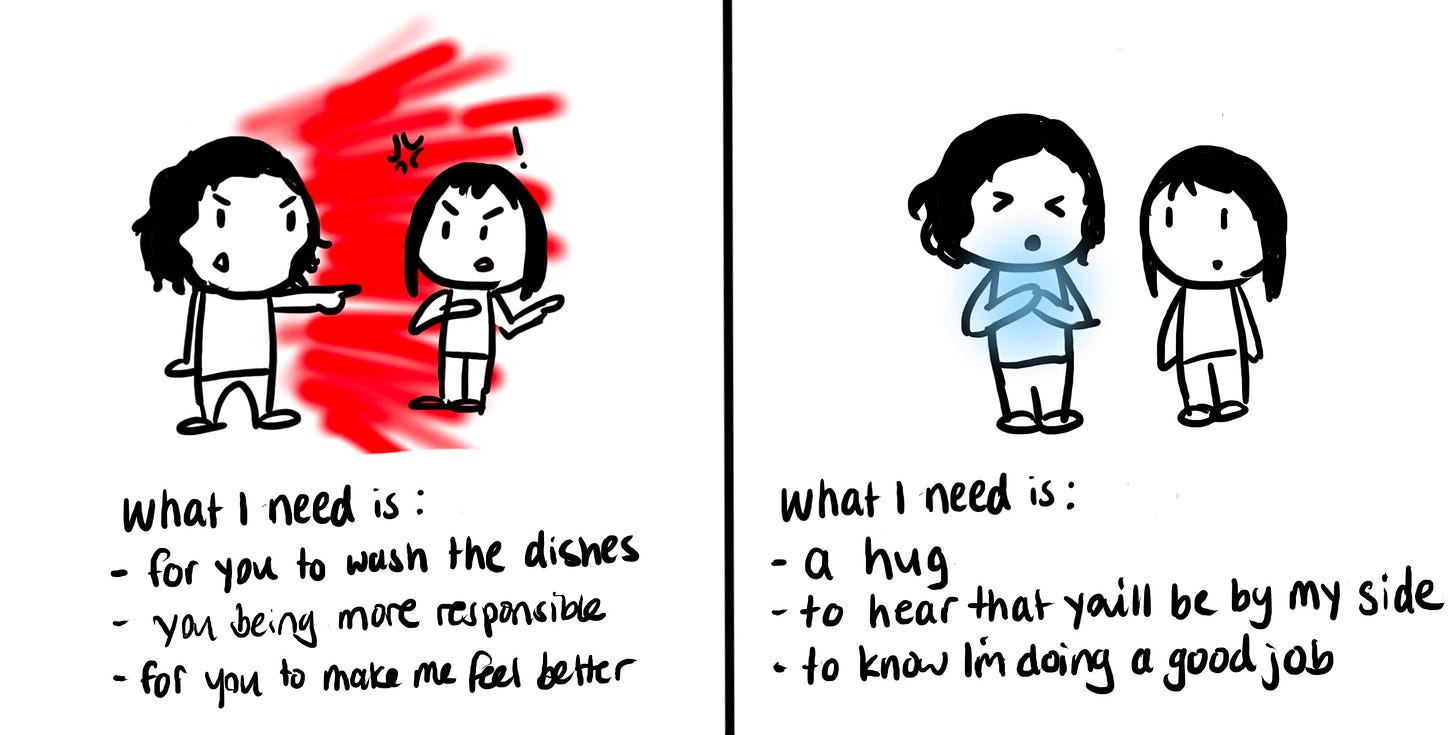
Why this phrase is helpful:
Stating what you need helps move a fight forward. When you notice and ask for what you need, you create an opportunity for your partner to understand you and support you. This transforms the very nature of the fight to one marked by clarity and calm, and that creates more room for honest conversation, deep understanding, and resolution.
5) That’s your lane, and this is my lane
The idea here is that each of us has our own emotional lane that holds our own emotional baggage. And your emotional lane is best managed by yourself — NOT by anyone else.
Justin and I initially had a hard time embracing this one. Based on our experience, whenever one of us got really upset/sad/mad in a fight, it was always the other person’s job to fix it.
But when we started unpacking these moments in therapy, we realized two things:
1) When we had big feelings show up in a fight, they were rarely our partner’s fault (it was almost always something on our side — an insecurity, a negative association, a fear), and
2) what came up was never something our partner could fix for us.
Why this phrase is helpful:
There was a period in our relationship when I would regularly ask Justin: “Do you actually love me?” It seemed innocuous, but the problem was, nothing he ever said or did could make me believe him. When we brought this up in couples therapy, my therapist said: Kelly, that’s actually your lane. You can ask the question, and Justin can respond, but it’s not his job to prove his answer. It’s your job to learn to trust him.
Recognizing our lanes here was a key step to helping us break away from co-dependency. It reminded Justin to let me take care of my own shit, no matter how uncomfy it was for him to see me struggle. And it reminded me that I needed to take accountability and do my own deep evaluation of what was going on within myself.
When we manage our own emotional lanes, our hard conversations shift from expectation and blame to ones of deeper sharing and vulnerability. And that’s what actually helps move a fight forward.
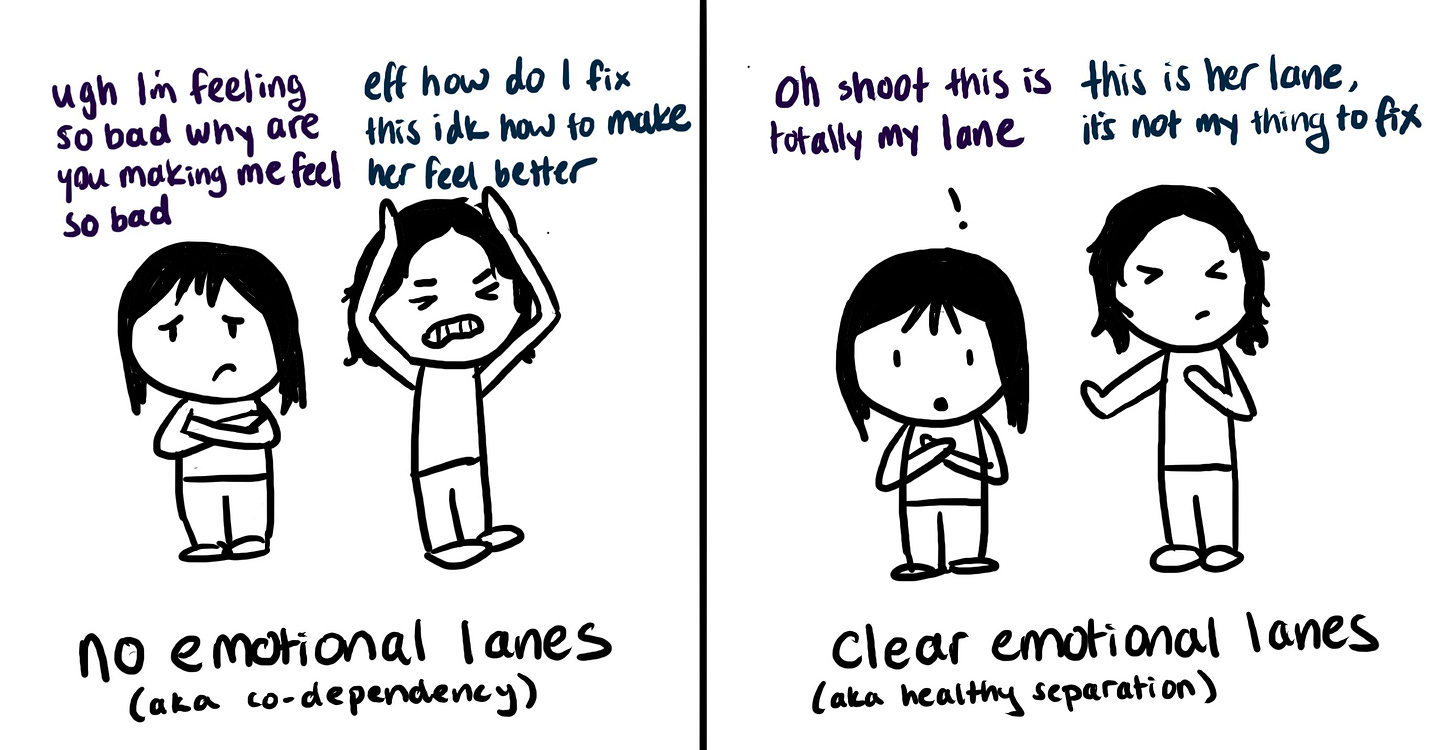
The crux of it all
If you forget everything else, here’s the most important fighting tip to remember:
What you’re actually seeking is connection.
It’s not actually about winning the fight. In every fight I’ve seen, no matter what the topic, all we really want at the end of the day is to be acknowledged, understood, and accepted.
This gentle reminder might be all you need to turn your reactive fight into a meaningful conversation.
When fighting becomes a joy
In our 10 years together, learning to fight has been the biggest source of transformation for our relationship.
Because we learned so much more than just how to fight.
We learned how to sit in discomfort. How to get in tune with our needs. How to say our truths even when we weren’t sure how our partner would react.
We learned how to be more vulnerable, and how to be more independent.
We learned how to get more honest, and we learned how to see the world in more shades of gray.
Most importantly, we learned so much more about ourselves and about each other.
Learning to fight has shaped our relationship into one that can now truly hold our various multitudes — a relationship where we feel deeply accepted and understood in ways we never have before. The trust we’ve built is real, and it’s resilient.
Learning to fight was honestly terrifying. When you start speaking your deepest truths, you risk uncovering hard truths. You risk finding out that your partner can’t meet your biggest needs, or that your conflicts stem from deep differences that cannot be resolved.
But only by being honest in your fights do you have a chance at building a relationship that can truly hold your full self. And to me, that’s a risk worth taking.


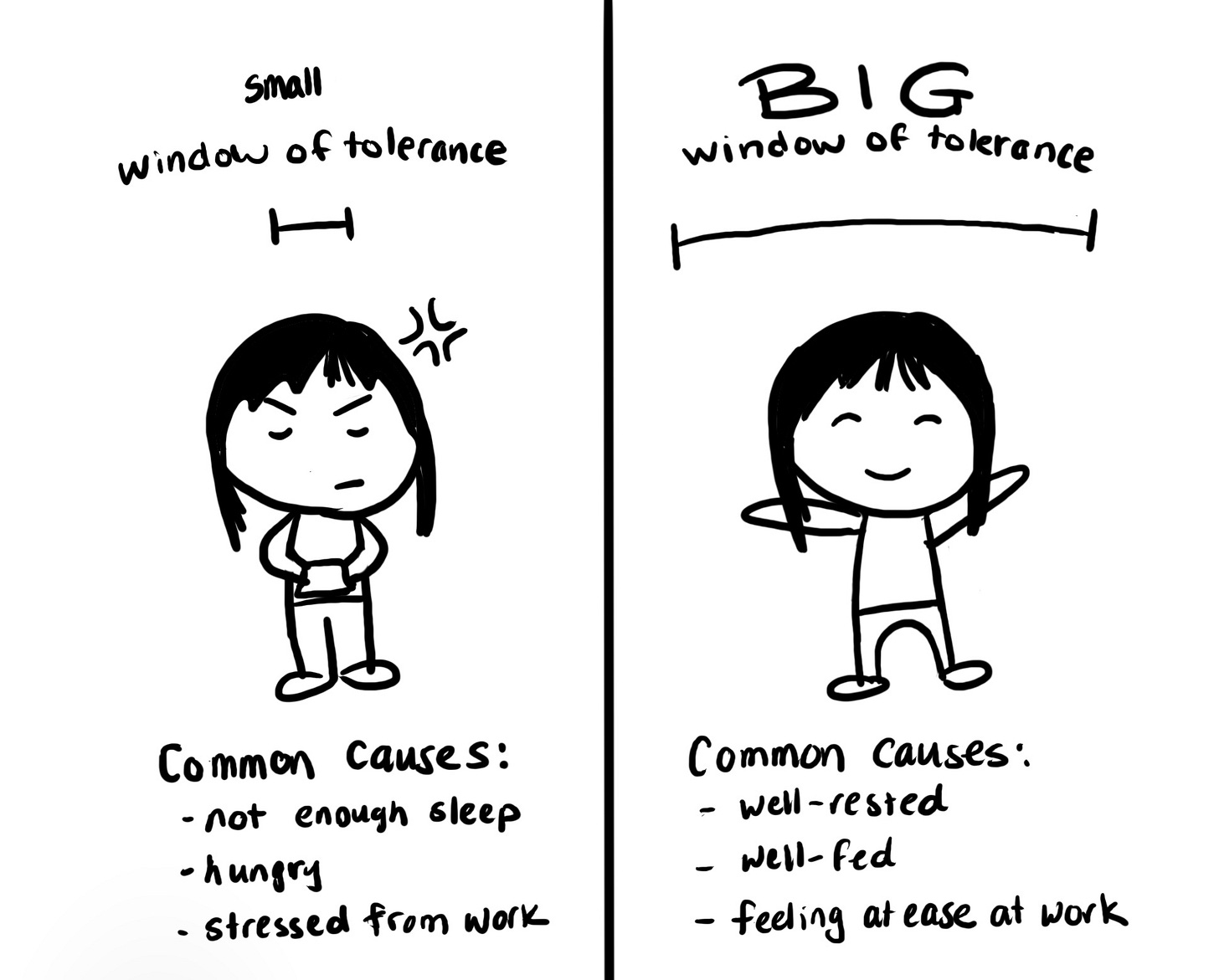
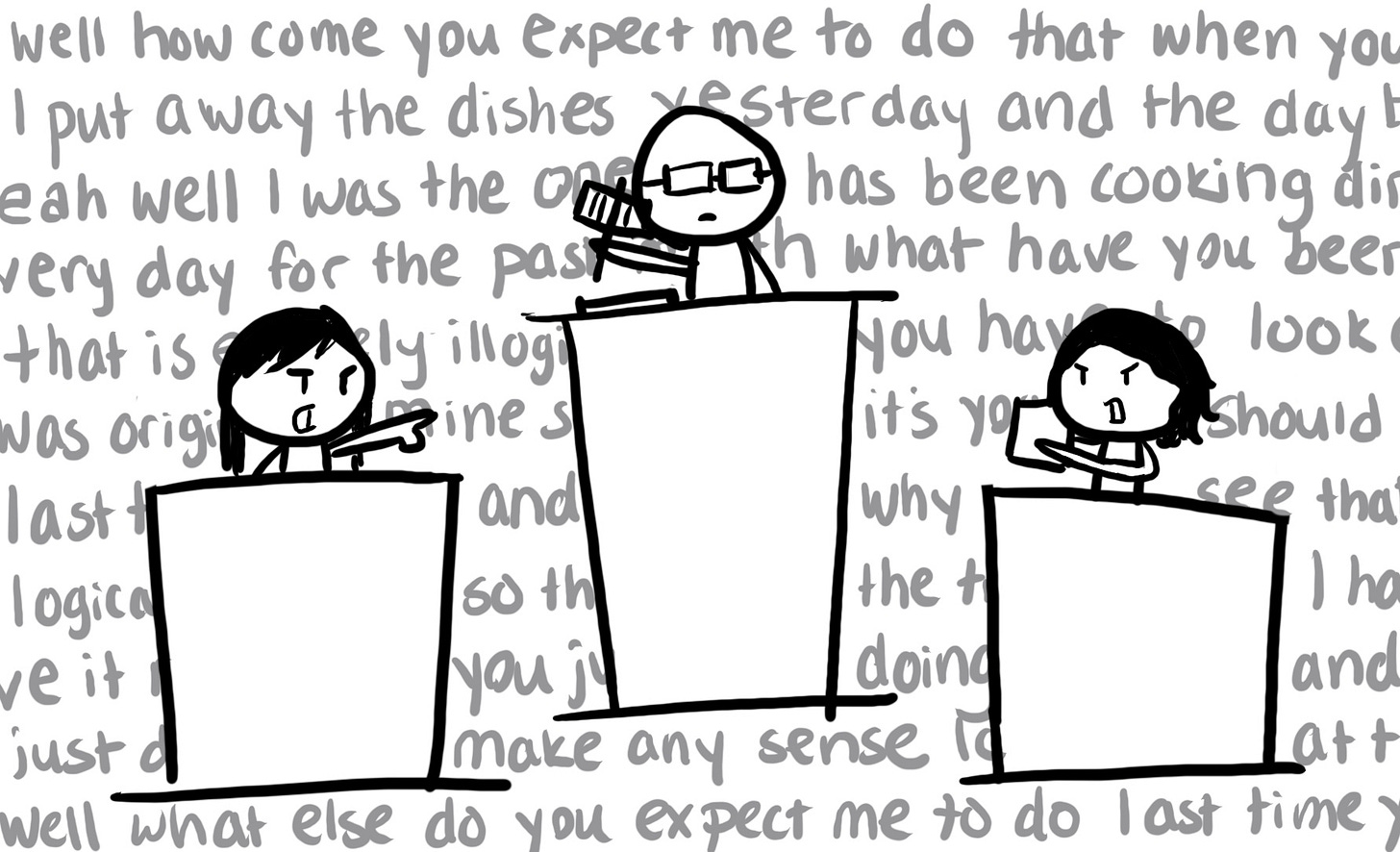
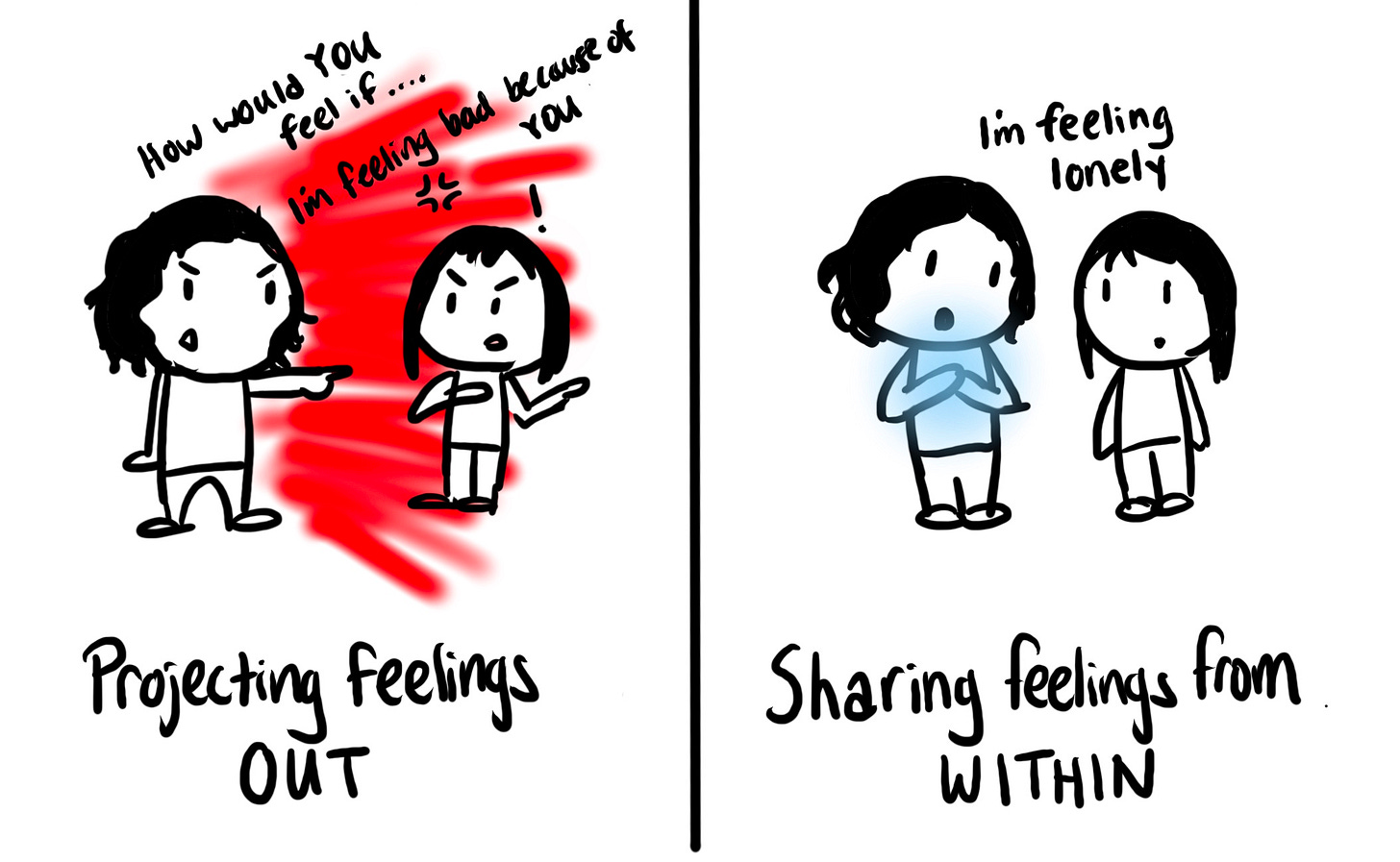
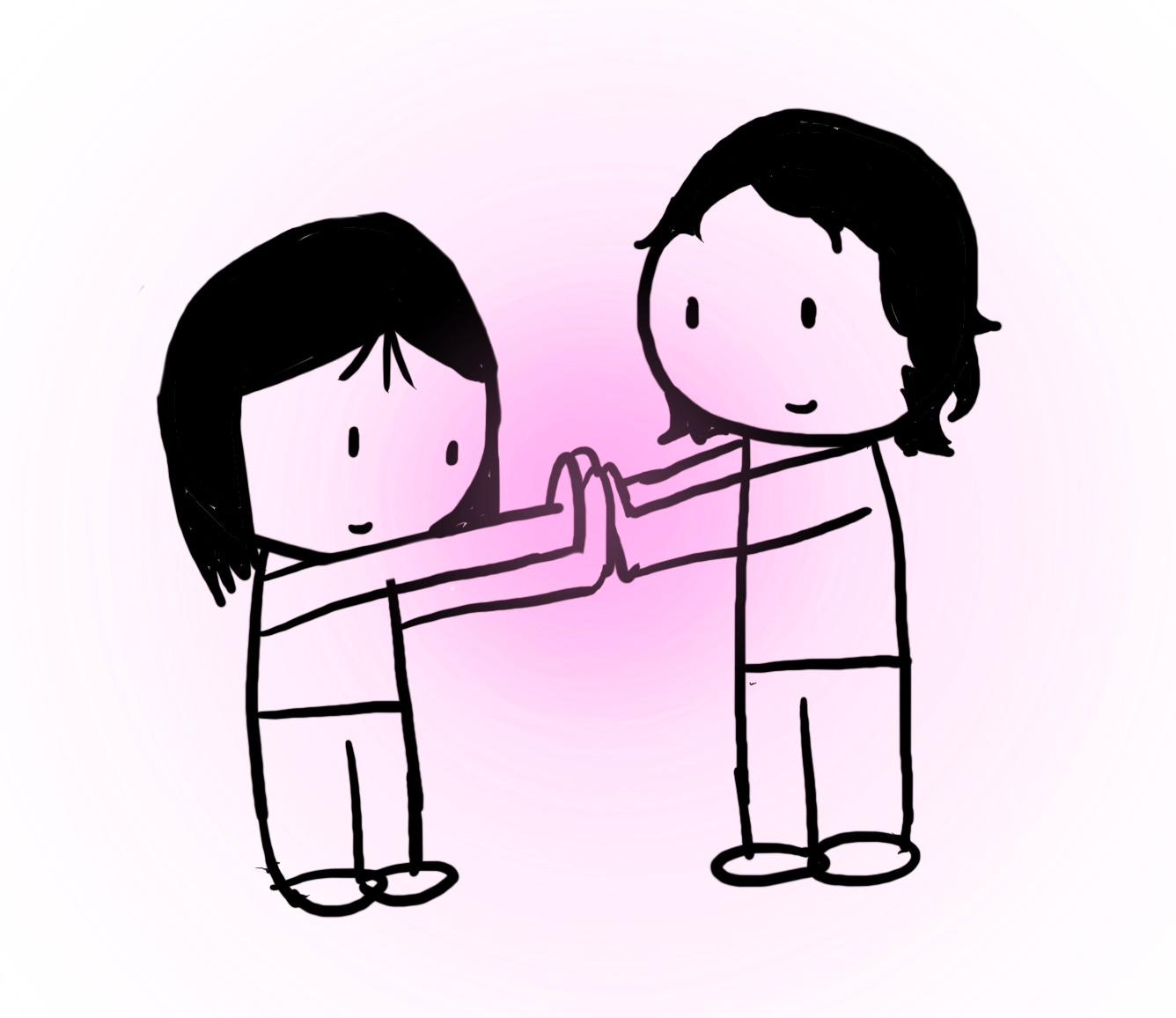
This is so great! I love the lane framework to reify the idea of limiting emotional enmeshment. This is also applicable to parenting and all other close relationships - including those at work at times.